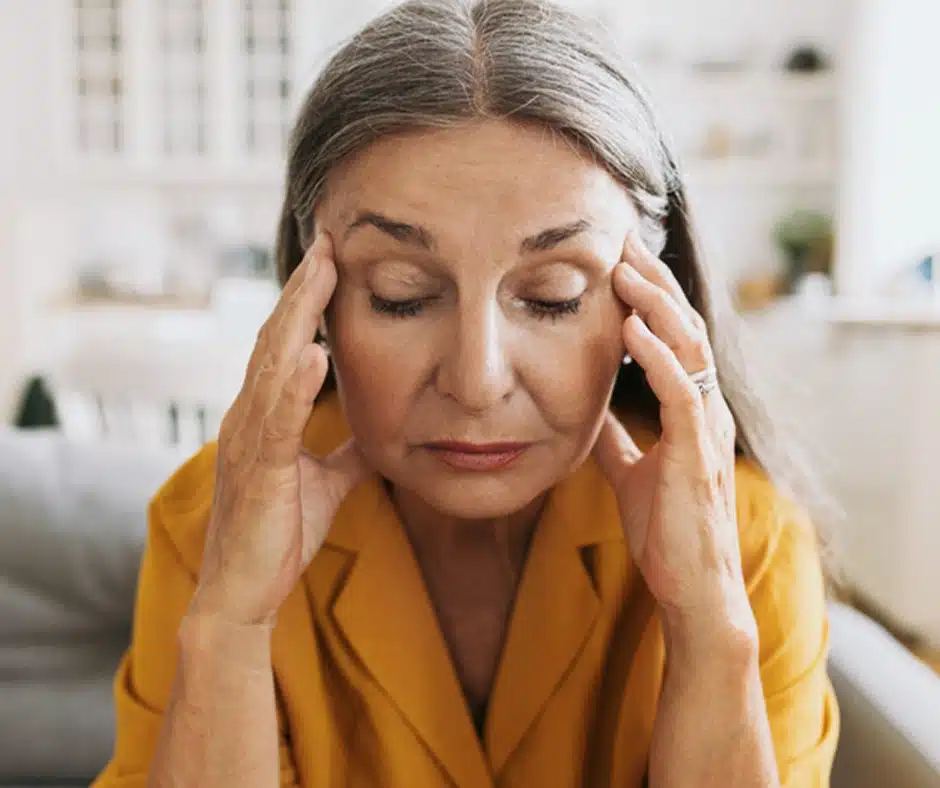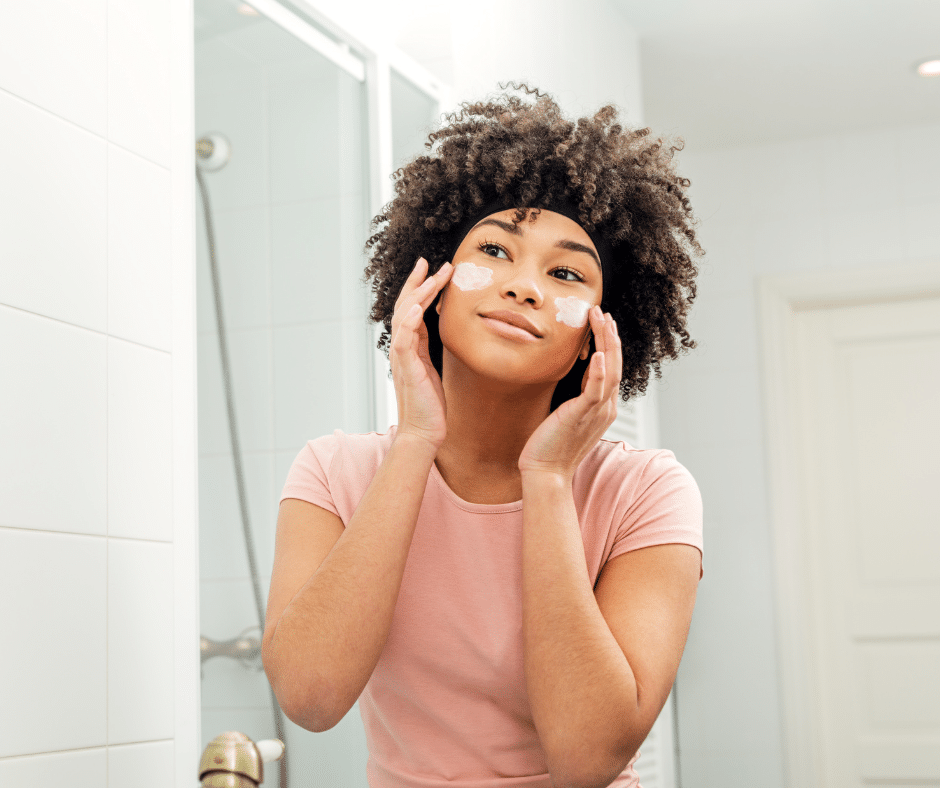

I often meet patients who sit across from me in the exam room, proudly telling me they’ve been diligent about wearing sunscreen. SPF 50, SPF 70, sometimes even 100, and yet, they’re still tan.
They look at me, genuinely puzzled. “But I wear sunscreen every day! Why am I still getting color?”
If you’ve ever wondered the same thing, you’re not alone. The answer lies not in the number on your sunscreen bottle, but in understanding something far more important: UVA rays.
Why SPF Doesn’t Tell the Whole Story
Let’s start with what SPF actually means. SPF stands for Sun Protection Factor, but here’s the catch: it only measures protection against UVB rays, the ones that cause sunburn. It tells you nothing about how well your sunscreen protects against UVA rays, the ones primarily responsible for tanning, deeper skin aging, and pigment problems like melasma.
So when you slather on an SPF 70 and still notice your skin getting darker, it’s not because sunscreen “doesn’t work.” It’s because it’s working against one part of the spectrum, UVB, while UVA rays are still sneaking through.
The Science of Tanning: UVA vs. UVB
Think of sunlight as a spectrum of invisible light.
- UVB rays hit the skin’s surface. They’re the reason you burn.
- UVA rays go much deeper. They stimulate the pigment cells that give you a tan and contribute to wrinkles, loss of firmness, and long-term DNA damage.
Tanning is your skin’s natural defense mechanism, a sign that it’s being injured by UV exposure. Even if you don’t burn, a tan means your skin has been triggered to produce more melanin to protect itself.
So, can sunscreen prevent tanning? The short answer is not completely, especially if your sunscreen doesn’t adequately block UVA rays.
The Problem With American Sunscreens
Here’s where things get frustrating, and something I talk about often with my patients and colleagues. In the United States, we have excellent UVB filters (that’s why your SPF 50 or 70 is effective against sunburn), but terrible UVA filters. In fact, the only chemical ingredient approved for UVA protection in the United States is called avobenzone.
Unfortunately, avobenzone is not a great performer. It breaks down quickly when exposed to sunlight, which is ironic considering that’s exactly what it’s supposed to protect you from. To stabilize it, manufacturers often add layers of antioxidants and extra chemicals, but even then, the UVA protection remains weak.
So when you use a high-SPF American sunscreen and still tan, it’s not your fault.
What About “Broad Spectrum” Sunscreens?
You’ve likely seen the term “broad spectrum” on labels. In the U.S., that designation simply means a product offers some UVA protection, but not necessarily enough.
European and Asian sunscreens, by contrast, use a PA rating system (you might see PA+, PA++, PA+++) that measures UVA protection more accurately. Unfortunately, that system doesn’t exist here yet, so American consumers have to look more carefully at ingredients.
If you want the best possible protection against tanning and long-term damage, choose sunscreens that contain zinc oxide or titanium dioxide. These are mineral blockers that physically deflect both UVA and UVB rays. They tend to be more stable and offer far superior UVA protection than avobenzone-based formulas.
Why “Tanning With Sunscreen” Isn’t Safer
A lot of people assume that if they’re tanning with sunscreen, they’re protected. Unfortunately, that’s not true. Even a mild tan indicates cellular stress and DNA injury. Over time, this adds up, accelerating fine lines, discoloration, and increasing the risk of skin cancer.
The goal of sunscreen isn’t to allow a “safe tan”, it’s to minimize skin injury altogether. If you want a sun-kissed glow, self-tanners are your safest option.
How to Get the Most From Your Sunscreen
If you’re serious about preventing tanning and protecting your skin long-term, a few habits make all the difference:
- Use enough. Most people apply half (or less) of the amount needed. A nickel-sized amount for the face alone is ideal.
- Reapply every two hours, or sooner if you’re sweating or swimming.
- Don’t forget indoor exposure. UVA rays penetrate glass.
- Pair with antioxidants. Vitamin C serums can help neutralize the damage that slips through.
- Wear hats and sunglasses. Sunscreen is your base layer, not your only line of defense.
Can You Tan With Sunscreen?
The short answer is yes, but it’s not the kind of tan you want. Sunscreen prevents most tanning, but not all. If your sunscreen protects mainly against UVB, UVA rays will still reach your skin and trigger pigment production. That’s why even the most careful sunscreen users can see a little color over time.
The key is choosing wisely, applying generously, and reapplying often. When you do that, you’re not just protecting yourself from tanning; you’re preventing premature aging, pigment changes, and skin cancer.
Healthy, clear, luminous skin is always in style, and it starts with understanding what’s really happening beneath the surface. The right sunscreen helps reduce that stress, but mindful sun habits are what truly protect your skin long-term.
If you’re still wondering, “Can you still tan with sunscreen?” and are unsure which sunscreen is right for you, then contact my New York office for a consultation. I’d be happy to help you sort through the options.
Posted In: Skin Care
Related Posts

August 11, 2025
Menopause Skin Changes: What You Can Do About It
As your hormones shift during perimenopause and menopause, your skin often tells the story before anything else. That gl...

May 30, 2025
Bust the Myth: Do Retinoids Cause Cancer?
Retinoids are one of the most powerful and widely used tools in modern dermatology, yet despite their many benefits, som...

August 26, 2024
Skincare Advice for Your 20s and 30s
If the Sephora kid trend tells us anything, it's that young people are paying attention to skin health and appearance. S...

